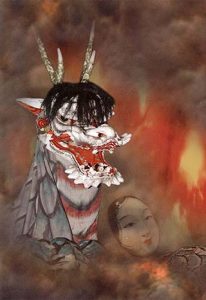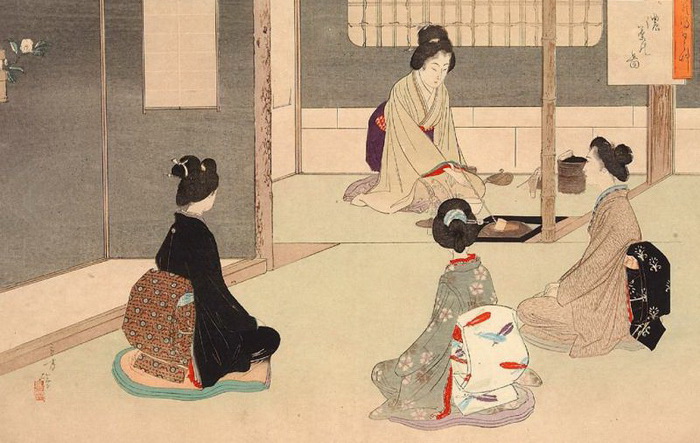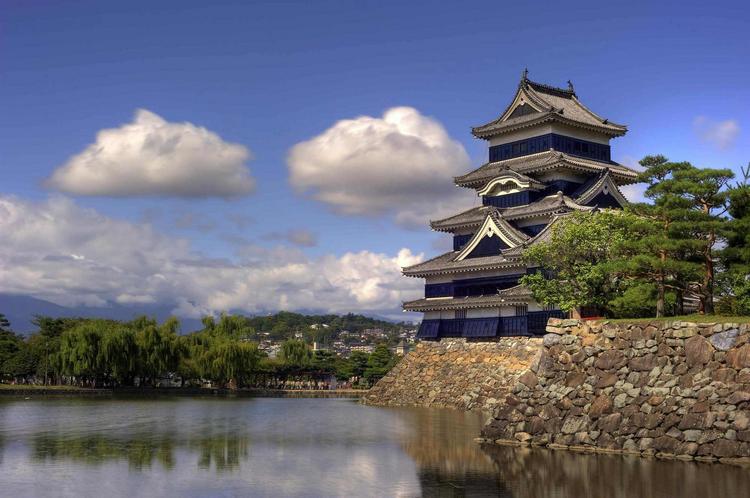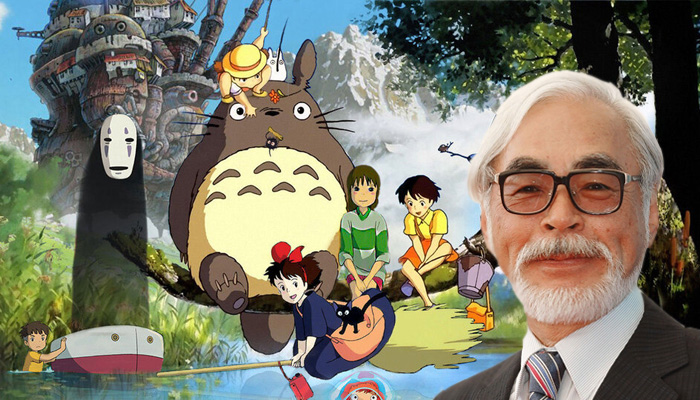A LITTLE ABOUT CAGURA
 The Japanese term “Kagura” consists of two characters, the first of which means “Divine”, “sparkling”, and the second – in this context – “music”. This is the name of cult performances, known in Japan since the 7th century, performed at first near the Kagu-Yam mountains. Once it was an active volcano, then metal was mined here. The land of Kagu-Yam was always considered sacred and used in fortune-telling. According to legend, the Kagu-yama fell from heaven to earth and, thus, is not just the venue for the first ritual performances, but is actually connected with the events of the ancient mystery.
The Japanese term “Kagura” consists of two characters, the first of which means “Divine”, “sparkling”, and the second – in this context – “music”. This is the name of cult performances, known in Japan since the 7th century, performed at first near the Kagu-Yam mountains. Once it was an active volcano, then metal was mined here. The land of Kagu-Yam was always considered sacred and used in fortune-telling. According to legend, the Kagu-yama fell from heaven to earth and, thus, is not just the venue for the first ritual performances, but is actually connected with the events of the ancient mystery.
The performance is a vivid sight, colorful pantomime, accompanied by playing the drums and flute (sometimes – singing). Subsequently, the use of kagurs was transferred to special sites in front of Shinto temples.
In essence, Kagura is a theatrical parable, allegorically revealing the relationship of man and nature. The Japanese have always been trusting-reverently treated nature, with a heightened sense of the deep, sometimes hidden meaning of the environment. Hence the attention to everything that happens, where there is nothing worthy of interest. Not surprisingly, in Japan there are many holidays associated with the change of seasons, which are elevated to the degree of traditional national cultural phenomena, whether it be spring “admiring sakura flowers” or autumn “admiring maple trees.”
We were presented with two views of Kagura.
Kagura First – Momiji-gari. This Kagura talks about how the climate and natural features of Japan bring up a rich soul in the Japanese. The very word “momiji-gari” means “admiring the scarlet leaves of maple.” The events of this Kagura unfold far in the mountains, on the slopes of which grow crimson maple forests – the abode of the evil spirit. The fearless shogun Tayra-no-Koremoti is called to save people from demons. In the mountains, however, the shogun was dominated by the spell of the beautiful princess and girls, whose image the devils (they) took. The hunter and the target are swapped. And only the intervention of God sent from above the fox saves the shogun from death: a fierce struggle begins, and the devils are destroyed.
The second Kagura “Yamata-no-oroti” tells how in ancient times, the Japanese diligently cultivated rice and harvested. Rice grows on fertile land with abundant flowing water under the sun. In spring, people plant rice and wait for the harvest until autumn. However, if in the summer, before harvesting, it rains heavily, then water flowing from the mountains can lead to severe flooding, threatening to flood rice fields.
In Yamata-no-oroti, each image is deeply symbolic: under the stormy torrential streams flowing from the mountains, leading to flooding and destroying rice fields, you can see the Yamata-no-oroti snake with eight heads; the crop grown with great difficulty is embodied in the image of a daughter cherished with love – the last joy of parents, i.e. people seeking to preserve crops and avoid a hungry winter.
Kagura Content:
1. Yamata-no-oroti absorbs the seventh daughter (the elderly parents had eight daughters).
2. The time of year comes when oroti must swallow the eighth daughter and the parents cry. Suddenly God flies from heaven.
3. God promises them to intoxicate oroti and destroy him. Parents and daughter dance together, praying for success.
4. Yamata-no-orot crawls out and drinks sake. Then he challenges God to battle.
5. After God destroys the serpent, a sword appears from the belly of the serpent. This sword becomes a national treasure as a certificate of victory.
Today, the importance of Kagura in Japanese culture is difficult to overestimate, since all Shinto temple dances evolved from it, its influence is evident in all theatrical performances, especially in Kabuki dances. Especially noteworthy is the work of the young Nakakavato Kagura Group team, whose members strive to look at ancient art differently, from modern perspectives, making the old pagan ritual a part of youth culture.
The team came from the city of Chioda-chyo, which is located 30 km north of the city of Hiroshima. Since ancient times, this small town has been the center of the bread-growing area of Hiroshima Prefecture. In this area, rice was grown, local folk art was developed. As a result, Chioda-te became widely known in Japan as a treasury of cultural heritage.
It is interesting that at first, being unknown to the general public, the Nakakavato Kagura Group treated Kagura as a museum relic, paying tribute to tradition. Several years of hard work, participation in contests dedicated to Kagura, led to a reassessment of cultural heritage: a course was taken to find their own, original style of performance.
At present, the performances of the Nakakavato Kagura Group invariably produce an indelible impression both in Japan and abroad: the performance of the archaic mystery with new elements and original lighting has even received the name Super Kagura.




